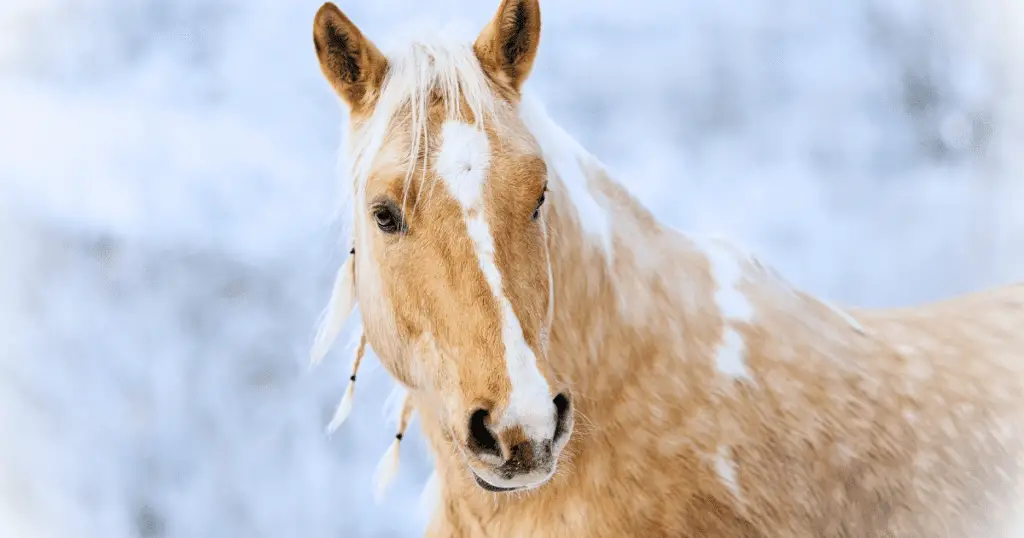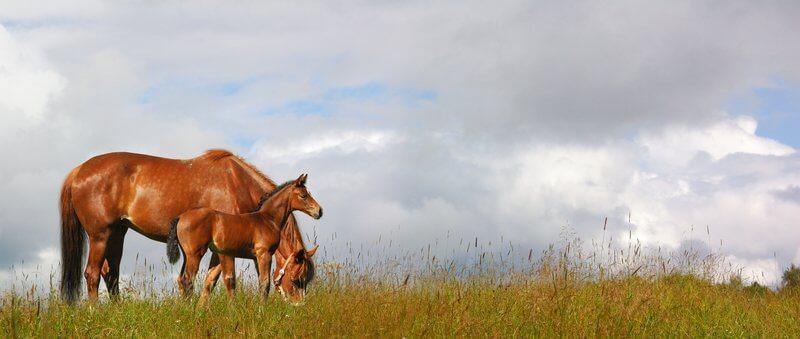
Today, it’s easier than ever to introduce the highest quality stallion genetics into your breeding program, with live cover and artificial insemination. However, each have the potential to spread venereal – sexually transmitted – diseases.
In this article, we explain two of the more common STDs, including Klebsiella Pneumoniae and Equine Coital Exanthema.
Klebsiella pneumoniae
Interestingly, Klebsiella bacteria can be spread by overzealous cleaning of the stallion’s genitalia. Using disinfectant, instead of water and mild soap, the normal, non-harmful flora that should be present are removed, allowing the Klebsiella bacteria to be passed on during live cover.
This bacteria can also be transferred to the mare via artificial insemination and poses a significant problem if it ascends to the stallion’s internal organs, causing lifelong shedding. Most often, Klebsiella pneumoniae results in endometritis, which requires treatment with antibiotics.
While the prognosis for mares is usually positive, the uterus requires daily treatments for three to five days, resulting in one or two missed cycles during breeding season. The condition is best managed with a gentle pre-breeding wash that doesn’t disrupt the stallion’s normal flora.
Equine coital exanthema
Also termed equine venereal balanitis in stallions, this disease is caused by equine herpes virus type 3 (EHV-3) and passed onto the mare during live cover. Although, transmission can also occur via contaminated supplies or instruments, such as gloves.
A mare who has been exposed to equine coital exanthema will develop circular red nodules around the vaginal region within four to eight days. As the condition develops, these lesions will also be found on the stallion’s genitalia and may make him reluctant to breed during the ulcerative stage.
While this condition can be treated successfully with antibiotic ointments and rest from breeding activity within three weeks, secondary bacterial infections, caused by Streptococcus spp are common. Ultimately, causing the ulcers to enlarge and leading to a mucopurulent discharge.
Preventing infection
To avoid passing sexually transmitted infections, it is advisable to have your stallion swabbed at the beginning of any breeding season. This allows your stallion to be at his peak for the breeding season and confirms he won’t contaminate mares with any infections.
If you allow live cover with your stallion, insisting mares have a clean swab result before cover also limits the ability for your stallion to contract an STD from an infected mare. Even maiden mares can carry Klebsiella, so it is just an insurance policy for your stallion as infections can take weeks to months to clear, also affecting his fertility.



